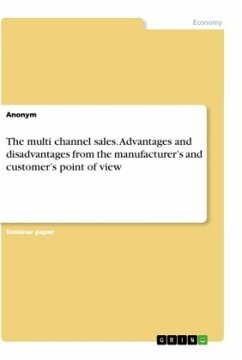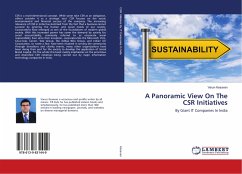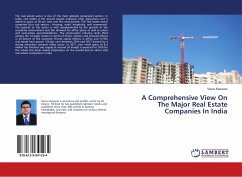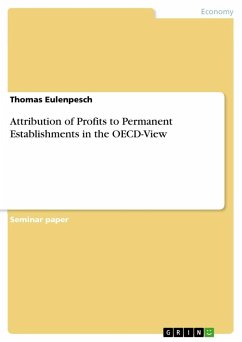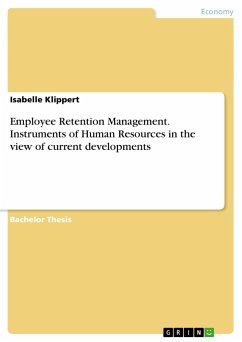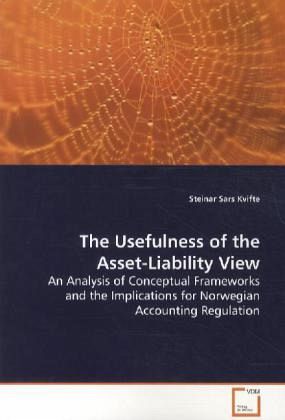
The Usefulness of the Asset-Liability View
An Analysis of Conceptual Frameworks and the Implications for Norwegian Accounting Regulation
Versandkostenfrei!
Versandfertig in 6-10 Tagen
52,99 €
inkl. MwSt.

PAYBACK Punkte
26 °P sammeln!
The Finanical Accounting Standards Board (FASB) in the US initiated in 1973 a conceptual framework for financial reporting project. The International Accounting Standards Committee (IASC) issued a similar framework in 1989. The conceptual framworks was a response to a general demand for cohesive accounting theory and a vehicle for setting conceptually consistent accounting standards. To reach this objective, the FASB and the IASB believed that the asset-liability view would be a better basis than the the traditional revenue-expense approach. In the book, the author explores the conceptual diff...
The Finanical Accounting Standards Board (FASB) in
the US initiated in 1973 a conceptual framework for
financial reporting project. The International
Accounting Standards Committee (IASC) issued a
similar framework in 1989. The conceptual framworks
was a response to a general demand for cohesive
accounting theory and a vehicle for setting
conceptually consistent accounting standards. To
reach this objective, the FASB and the IASB believed
that the asset-liability view would be a better
basis than the the traditional revenue-expense
approach. In the book, the author explores the
conceptual differences between the two views,
whether the asset-liability view is in fact useful
in standard setting, and whether the asset-liability
view is a better basis for providing decision useful
information to the users of financial reports.
the US initiated in 1973 a conceptual framework for
financial reporting project. The International
Accounting Standards Committee (IASC) issued a
similar framework in 1989. The conceptual framworks
was a response to a general demand for cohesive
accounting theory and a vehicle for setting
conceptually consistent accounting standards. To
reach this objective, the FASB and the IASB believed
that the asset-liability view would be a better
basis than the the traditional revenue-expense
approach. In the book, the author explores the
conceptual differences between the two views,
whether the asset-liability view is in fact useful
in standard setting, and whether the asset-liability
view is a better basis for providing decision useful
information to the users of financial reports.



